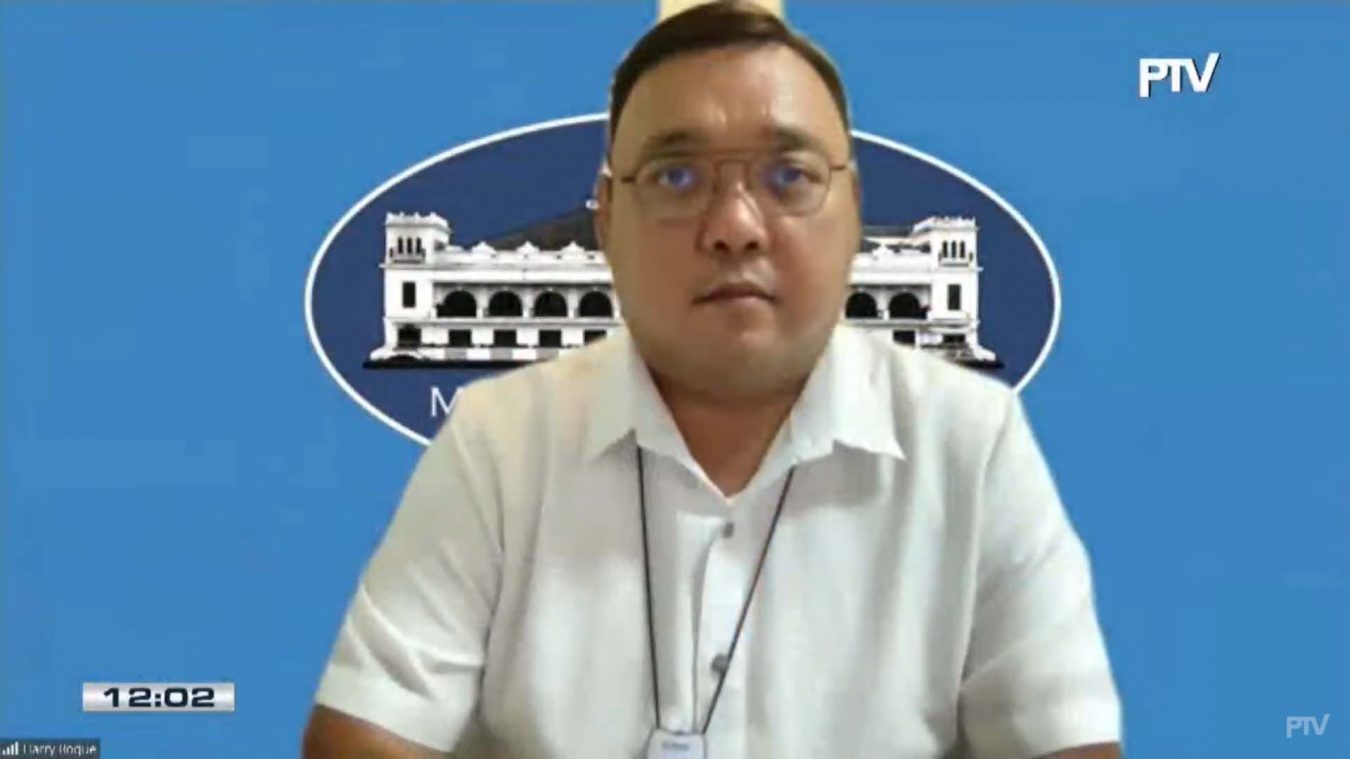
Presidential Spokesperson Secretary Harry Roque Jr. noted the improvement in the overall healthcare utilization rate (HCUR) in the National Capital Region (NCR), which is currently classified as low-risk. However, Secretary Roque said the Palace is supportive of the call of implementers on the ground – the local government officials – to keep the reopening of the economy gradual.
“Ang ating standard is, if the 2-week ADAR and the daily attack rates are low-risk, and if the hospital care utilization is also low-risk, that’s sufficient basis for GCQ,” said Secretary Roque in a press briefing on May 27, 2021.
“However, there is also the fact that the implementers have to be heard. And the implementers here are the Metro Manila Mayors saying that the opening of the economy, while they are fully supportive must be done in a gradual manner,” added Sec. Roque.
In the said press briefing, the Palace official presented data from the Department of Health (DOH) which shows that overall HCUR as of May 25 is at 43 percent, which is down by 25 percent from a peak of 68 percent on April 7 to 16, 2021.
In terms of ICU beds, Sec. Roque said, “Noong peak 88 percent, ngayon po ay 58 percent. Tayo po ay nasa low risk, bumaba po yan ng negative 30 percent.” For COVID ward beds, Roque said that it is now at 40 percent from a peak of 72 percent.
Further citing DOH data, Sec. Roque said that in terms of isolation beds, from a peak of 73 percent, it went down to 41 percent, down by negative 32 percent. While for mechanical ventilators, from a peak of 64 percent, it went down to 41 percent, which is down by negative 23 percent, said Roque.
Secretary Roque, who is also concurrent spokesperson of the Inter-Agency Task Force, also mentioned that nationwide average daily attack rate (ADAR) went down from a peak of 9.2 from April 4 to 17, to 5.42 on May 9 to 22. Similarly, Roque said that NCR ADAR went down from a peak of 34 to 10.06 in the given period.
For two-week growth rate nationwide, Roque noted that it went down from a peak of 11 percent to negative 21 percent; while in NCR, it went down from negative 5 percent to negative 47%. But while NCR and the rest of Luzon continue to register a decline in COVID cases at a slower pace, there is a continuous upward trend for Mindanao and Visayas, said Roque.
Meanwhile, in terms of total vaccines administered, National Task Force Against COVID-19 (NTF) consultant Dr. Ted Herbosa reported that the Philippines has now breached the million mark in terms of jabs per week. Dr. Herbosa said that 1,168,030 jabs have been administered in the week of May 17-23, 2021.
D. Herbosa also reiterated that the goal for the mass vaccination program is to attain population protection. He said that what is important is that we achieve our year-end target to contain the disease through mass vaccination and achieve population protection. Dr. Herbosa further explained that what population protection means is that we will be able to prevent severe illness or deaths among the high-risk population.
Also in the same press briefing, Metropolitan Manila Development Authority chairperson Benjamin Abalos Jr. affirmed that the Metro Manila mayors agreed to support the gradual reopening of the economy, such as the gradual increase in operations and capacity of businesses.
Chair Abalos also provided an update on some of the agreements of the Metro Manila mayors in their recent meeting, which include their decision to retain the 10pm to 4 am curfew in the NCR, and their support to the vaccination of the A4 Priority Group. ### OPS-PCOO

